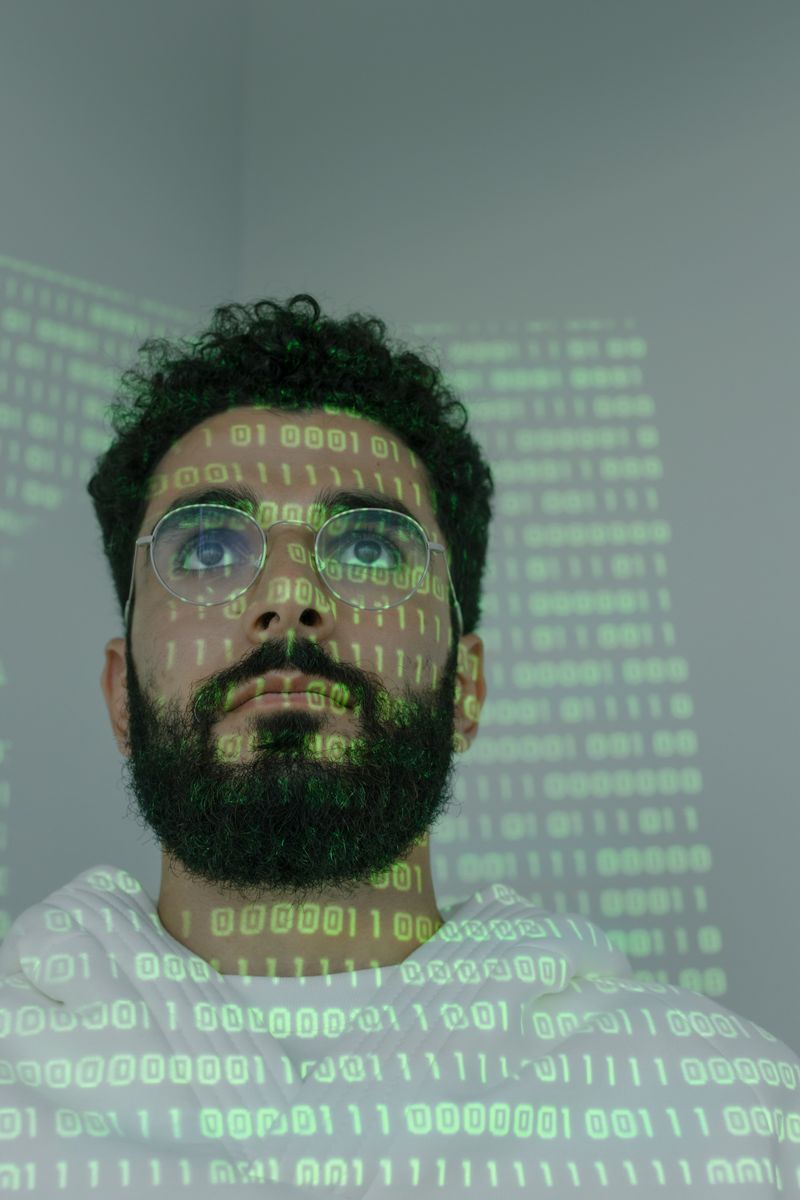Critical Vulnerabilities in TorchServe Pose a Threat to AI Models
A recently unearthed set of critical vulnerabilities in TorchServe, a popular machine learning framework, has raised concerns about the security of artificial intelligence (AI) models. The bugs not only highlight the susceptibility of AI applications to open-source vulnerabilities but also expose major machine learning services offered by tech giants like Amazon and Google. The potential exploits could result in unauthorized access to proprietary data, the insertion of malicious models into production environments, manipulation of machine learning results, and even complete control over servers.
Wide Exposure: Thousands of Targets Vulnerable
The vulnerabilities, collectively referred to as “ShellTorch,” were discovered by security researchers at Oligo. They found that numerous instances of vulnerable TorchServe software are publicly accessible on the internet, leaving them open to unauthorized access and a range of malicious actions. Using an IP scanner, the researchers identified tens of thousands of exposed IP addresses, including those belonging to Fortune 500 organizations. Companies such as Walmart, Amazon, Microsoft Azure, and Google Cloud, all of which rely on TorchServe, are among the commercial users affected.
All versions of TorchServe up to 0.8.1 are vulnerable, but PyTorch promptly addressed the flaws in the 0.8.2 release. Oligo strongly recommends that all users upgrade to the latest version to minimize exposure.
The ShellTorch Flaws
Oligo categorized the vulnerabilities associated with ShellTorch into three distinct flaws, two of which were rated as critical on the Common Vulnerability Scoring System (CVSS) scale:
-
CVE-2023-43654: Server-Side Request Forgery (SSRF)
This vulnerability enables a remote code execution (RCE) by exploiting an SSRF flaw in TorchServe. By default, the framework’s API accepts any domain as a valid URL, even though it should restrict access to an allowed list. As a result, an attacker can upload a malicious model into a production environment, leading to arbitrary code execution. The flaw affects not only TorchServe but also proprietary Docker images from Amazon and Google, as well as the self-managed services of major machine learning providers like Amazon AWS SageMaker and Google Vertex AT.
-
CVE-2022-1471: Java Deserialization RCE
This vulnerability stems from the use of SnakeYaml, an open-source library that TorchServe implements. By uploading a machine learning model with a malicious YAML file, attackers can trigger a deserialization attack, resulting in remote code execution on the underlying server.
-
Default Exposed Management API
TorchServe, by default, exposes a critical management API to the internet without any authentication requirements. While changing the configuration mitigates this issue, many organizations and projects utilizing TorchServe have opted for the default setup. Consequently, the vulnerability persists in Amazon’s and Google‘s proprietary Docker images, as well as in self-managed services provided by major machine learning providers.
AI Vulnerabilities: Unique Risks and Consequences
Oligo’s research demonstrates that AI applications face similar risks as other software due to their reliance on open-source code. However, the consequences of exploiting AI vulnerabilities are far-reaching given the broad range of use cases for AI technologies, such as large language models. The ShellTorch vulnerabilities enable attackers to tamper with AI models, leading to misdirection, propagation of misleading answers, and potential chaos in AI-powered systems.
Gal Elbaz, the co-founder and CTO of Oligo, emphasizes the importance of addressing the security challenges posed by AI infrastructure. He asserts that while AI represents a significant technological advancement, it also introduces unprecedented risks. Therefore, efforts to protect AI infrastructure must evolve continuously.
Editorial: Safeguarding Machine Learning Frameworks
ShellTorch serves as a reminder that AI technologies, like any other software, are susceptible to security vulnerabilities. The consequences of exploiting such vulnerabilities are heightened due to the influence AI holds in critical domains, such as finance, healthcare, and transportation. Machine learning frameworks like TorchServe underpin the deployment of AI models at scale and must undergo meticulous security scrutiny.
Open-source projects, especially those supporting critical infrastructure, must be subject to rigorous security testing and continuous auditing. Additionally, a comprehensive vulnerability management process, encompassing prompt patching and regular updates, is essential. Organizations relying on AI models and machine learning services should prioritize operational security by implementing appropriate access controls, ensuring default configurations are reinforced, and regularly validating the security of their infrastructure.
The responsibility to secure AI infrastructure does not rest solely with developers and organizations; policymakers and regulators must also play a crucial role. The rapidly expanding landscape of AI technologies demands coordinated efforts to establish robust regulatory frameworks and industry standards. Furthermore, organizations should incorporate ethical considerations into AI development to avoid potential biases, discrimination, and adversarial attacks.
Conclusion
The emergence of critical vulnerabilities in TorchServe has shed light on the inherent security risks associated with AI applications. The ShellTorch flaws illustrate the urgency of embracing comprehensive security practices to ensure the integrity of AI infrastructure and protect against manipulation and misuse. As AI continues to advance and permeate various facets of society, securing machine learning frameworks and implementing secure development methodologies becomes paramount.
While Oligo’s discovery provides an opportunity to rectify the vulnerabilities in TorchServe, it also serves as a wake-up call for the broader AI community to invest in robust security measures. By doing so, we can confidently harness the potential of AI while minimizing the associated risks.

<< photo by Ayşenaz Bilgin >>
The image is for illustrative purposes only and does not depict the actual situation.
You might want to read !
- The Never-Ending Reign of Qakbot: Infections Persist Despite High-Profile Raid
- European Companies Complicit in Selling Spyware to Despotic Regimes
- 5 Essential Cyber Hygiene Practices to Thwart Digital Criminals
- Linux Foundation Unveils OpenPubkey: A New Era of Open Source Cryptography
- “Silverfort’s Open Source Lateral Movement Detection Tool: Strengthening Cybersecurity Defenses”
- The Rise of Collaborative Development: Google Open Sources BinDiff, Revolutionizing Binary File Comparison
- “Examining the Impact of Cisco’s Fix for Emergency Responder Software Vulnerability”
- The Expanding Reach of Russian Hacktivism: Impact on Organizations in Ukraine, EU, and US
- NATO Launches Investigation into Breach and Leaks of Internal Documents: Assessing the Impact and Response
- “ZDI Analyzes Landmark Event: The First Automotive Pwn2Own”
- The Growing Threat of Malicious NPM Packages: Unveiling the Dangers of Rootkit Delivery
- Apple’s Swift Response: Tackling Actively Exploited iOS Zero-Day Flaw with Security Patches
- How Chatbots Successfully Bypassed CAPTCHA Filters
- The Urgency of Regulation: Tech Titans Unite to Back AI Oversight
- “Google and Microsoft Embrace Rust: Enhancing Security in the World of Tech Giants”
- Tech Giants Commit to White House Pledge on AI Development
- “The Urgent Threat: Exposing the Atlassian Confluence Zero-Day Vulnerability”
- GitHub Bolsters Security Enhancements with Extended Token Validation for Secret Scanning
- The Ethics of Cyber Warfare: Red Cross Establishes Guidelines for Hacktivists




